Request for Proposal: Computer Automated Coding for Medical Group
VerifiedAdded on 2023/06/11
|5
|805
|79
Report
AI Summary
This report addresses the implementation of a Computerized Automated Coding (CAC) program for a large medical group practice. It focuses on creating a Request for Proposal (RFP) to target potential vendors, emphasizing the software's accuracy, including documentation of accuracy statistics from providers who have already implemented CAC systems, and providing recommendations for corrective actions. The report outlines the software's function in generating medical codes based on clinical documentation, highlighting its advantages in reducing human error and enhancing the role of coding professionals. Key recommendations include reviewing documentation for diagnostic and therapeutic services, considering treatment interventions for emergency department coding, and ensuring comprehensive medical records for observation and ambulatory surgery. The conclusion emphasizes the system's benefits due to reduced human intervention and a less error-prone approach, making it a valuable resource for healthcare providers considering CAC implementation. Desklib provides access to similar assignments and study tools for students.
1 out of 5
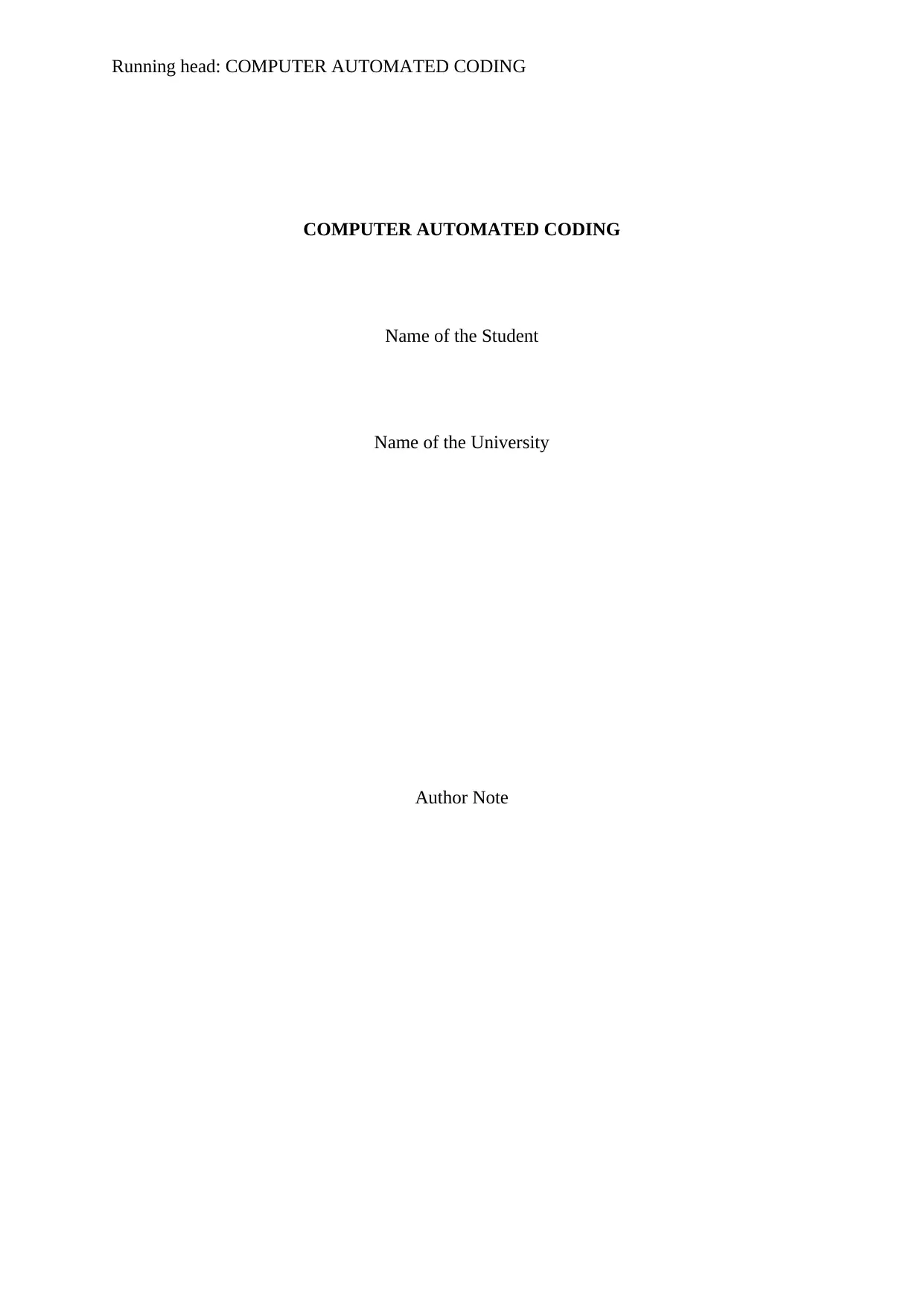
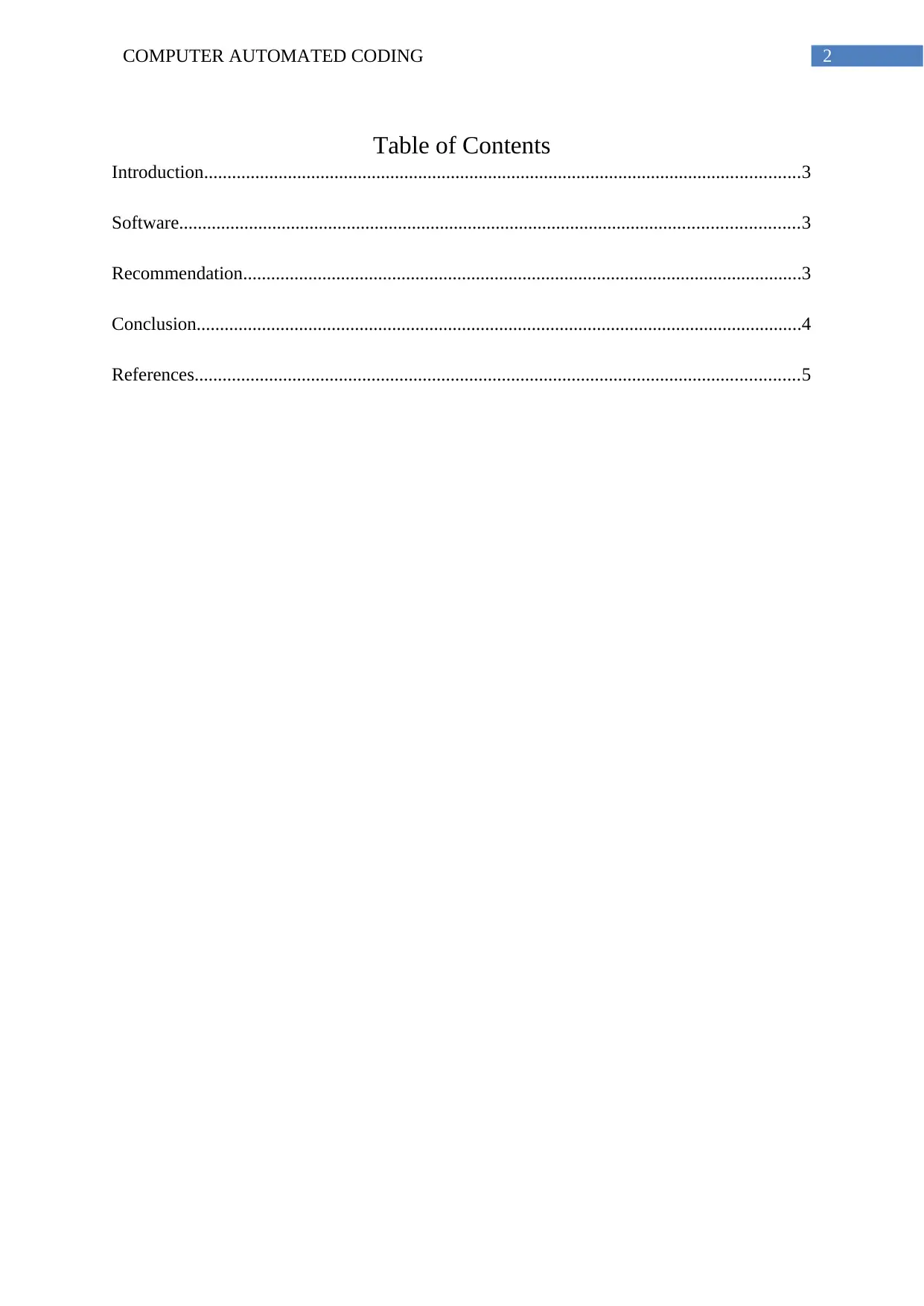
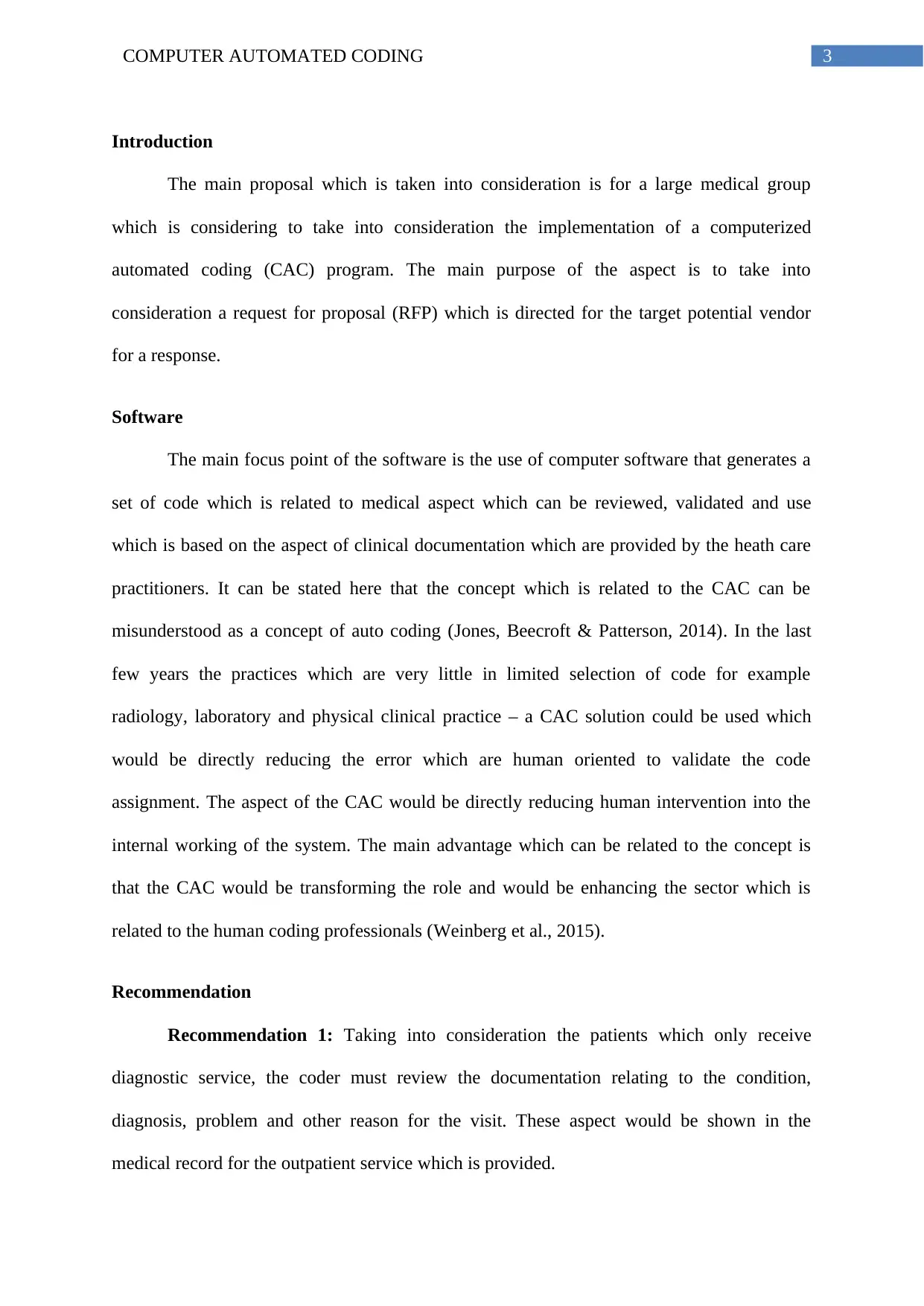

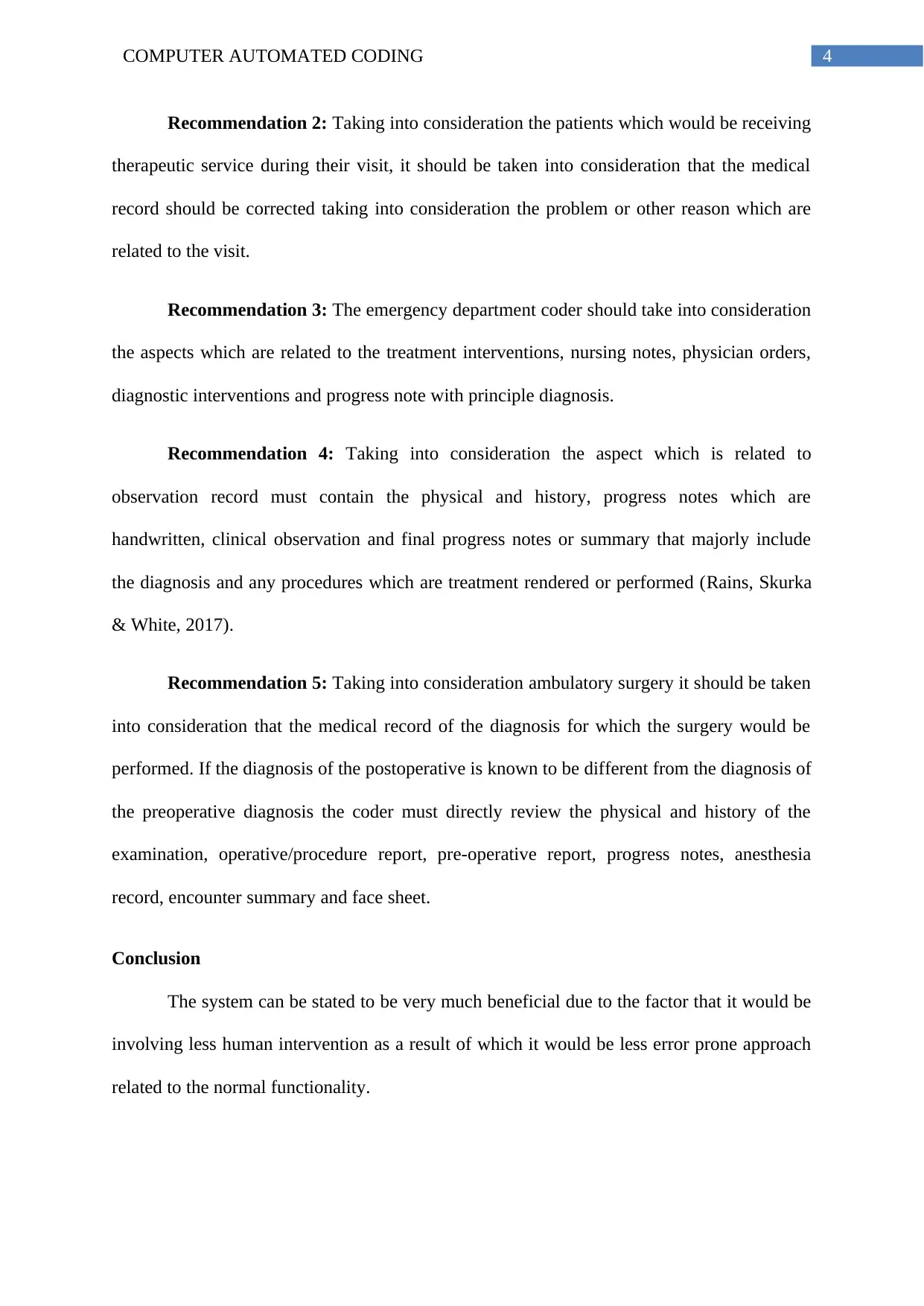
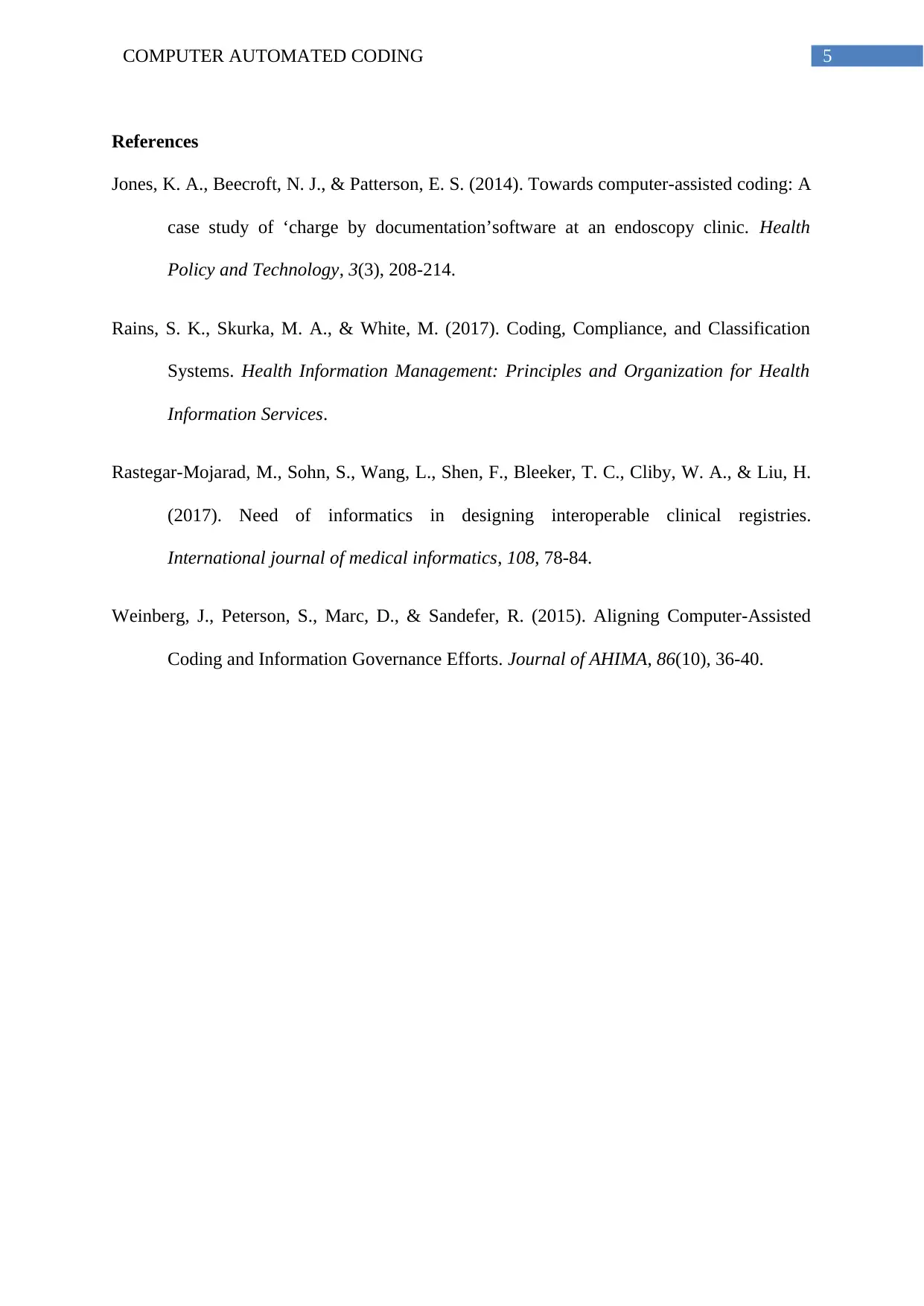






![[object Object]](/_next/static/media/star-bottom.7253800d.svg)